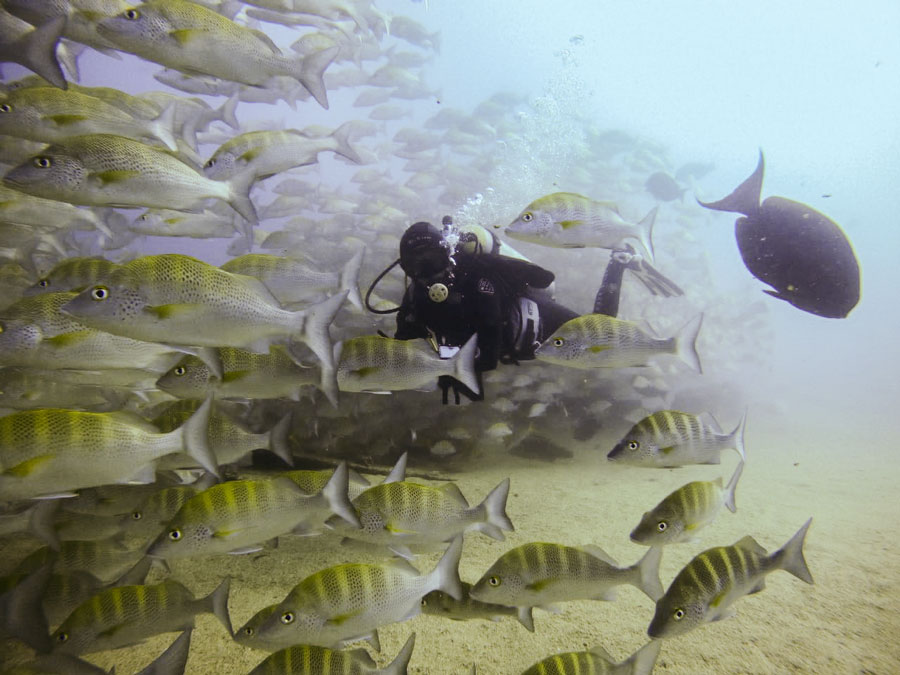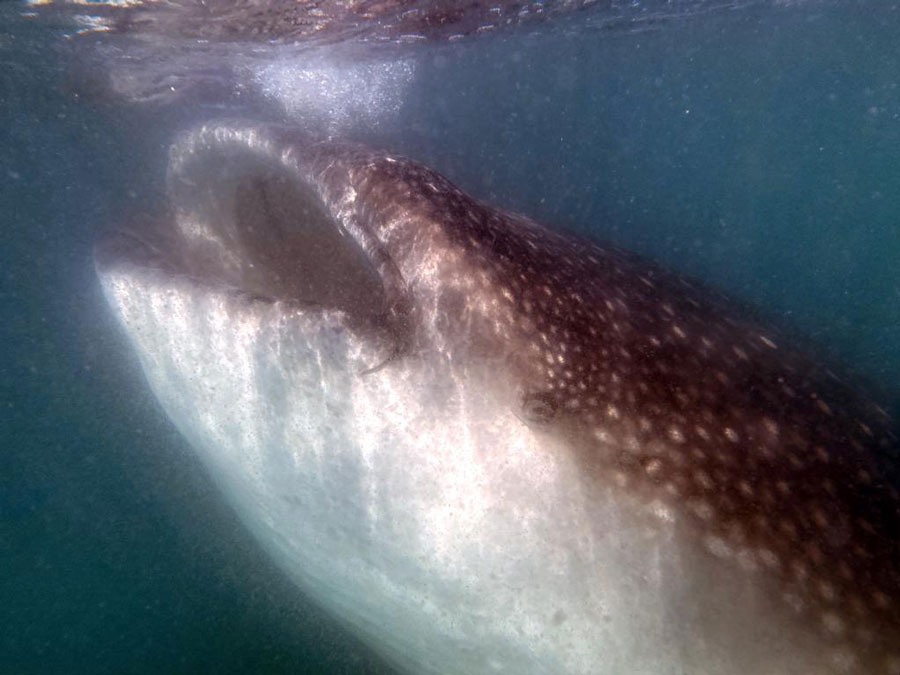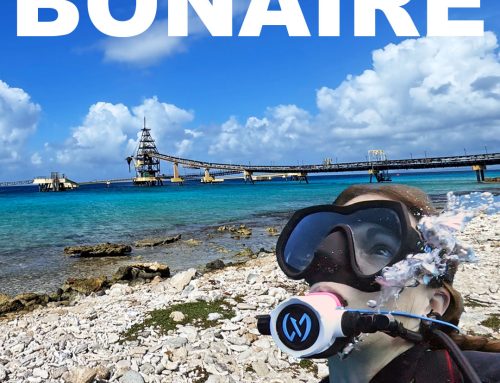Survive strong currents while scuba diving – up, down, washing machine, and vortex currents. This is part 2 of my strong currents series so if you missed the first video, you can add that to your watch list for later.
Join me for Shipwrecks & Scuba on November 16, 2024!
I am finally heading to the midwest! And no, it won’t be in my van. I was invited to speak at Shipwrecks & Scuba, the Midwest’s top scuba diving event in Ohio, November 16th, 2024 to celebrate their 40th Anniversary. This conference brings together divers across the USA and Canada to learn from expert speakers on topics including the great lakes wreck history, diving safety, technical diving, underwater photography, and adventurous dive destinations. This event is designed for all levels of scuba divers and is perfect for networking, which is exactly what I plan to do while I’m out there. There will be multiple daytime speakers as well as a keynote dinner program. If you’re interested in the event, use my code AZUL for $20 off your full day combo tickets.
What are dangerous currents and why do they occur?
Up, down, washing machine and vortex. Although you can have upwellings and downwellings result from surface wind and temperature differences in the water, this article is going to focus on the intense currents that can be intense for us as divers. These types of currents typically happen when a strong current hits a wall, or when opposing currents meet.
Spotting crazy currents from the surface
Wild currents can be quite simple to see from the surface. Choppy water when there isn’t much wind is a great indicator. If you see random smooth pockets within this choppy water, you can guess that something interesting is happening in that spot: an up or down current. If your dive boat is moored or anchored, you can look at how taut the line is to have an idea of the strength of the current.
Noticing irregular currents underwater
Sometimes these types of currents can come out of nowhere. However, if you look ahead in the direction you’re going and look at the fish, you can usually get an idea of what’s happening. If the current isn’t too strong, you will see fish either fighting against it (swimming fast, facing the current), or you’ll see them float with the current. Soft coral and kelp will also give you this indicator. In my experience, when a strong current is present, the fish bail. So as you’re heading in one direction, if all of a sudden nothing is in one area, take a moment to decide if you want to continue in that direction.
Let’s break down the options and how to deal with them, one by one.
Up currents:
The current is pushing you up towards the surface. Switch your body position and swim down at a 45 degree angle while releasing air from your BCD hip dump valve. The main concern with this current is DCS, so if you need to, grab on to the reef (but be careful about where you grab – dead coral and rocks are best), and climb to the side, out of the current. Both up and down currents tend to function kind of like rip tides so if you simply move to the side, you can typically get out of them.
Down currents:
The current is pushing you down to the depths of the dive site. Switch your body position to swim up and out at a 45 degree angle. You can also add air to your BCD, but be mindful and ready to dump that air once you’re out of the current so that you don’t have an uncontrolled ascent. If necessary, grab on to the reef and climb out of the down current.
Both up and down currents tend to be strongest right at the wall or reef so if you get blown off the dive site, it can be scary, but try to calm yourself down by knowing that you’re more than likely free from the worst of the intensity and you just need to make your way to the surface.
Washing machines:
Washing machine currents tend to happen in places like overhangs where currents will bounce around within a small space. Before you get into it, see what the fish are doing and decide if it’s safe. If you’re inside and the washing machine picks up, you may be able to ride an up current out of the overhang, or you may need to climb out of the space. You can also try to swim out and away from the reef, but this may risk blowing you out into the blue, and my personal preference is to stay with the reef whenever possible. That way, the boat and crew will be nearby to help, if need be.
Vortexes:
I don’t have personal experience with this one, but many of you have probably seen that video of a diver stuck in a super tight spiral current while diving in Socorro. I did a reaction video with Aitor in one of our dive accidents videos. In that video, you see the diver stuck and spinning around. They tried to swim out, but it didn’t work, so their buddies worked together to grab and help swim them out. In this type of current, using your inflator button might help get you up and out of the stream. You could also swim perpendicular to the flow of the current in any direction.
As with any type of strong current diving, having the appropriate fins will give you power to fight against the strong current force. Never wear split fins if you’re expecting a strong current.
Join me on upcoming Azul Unlimited dive expeditions
See what trips are coming up. I always give my community first dibs on spots, so you can sign up for Patreon (and get trip discounts) or my email list to be the first to know about new expeditions in the future.










